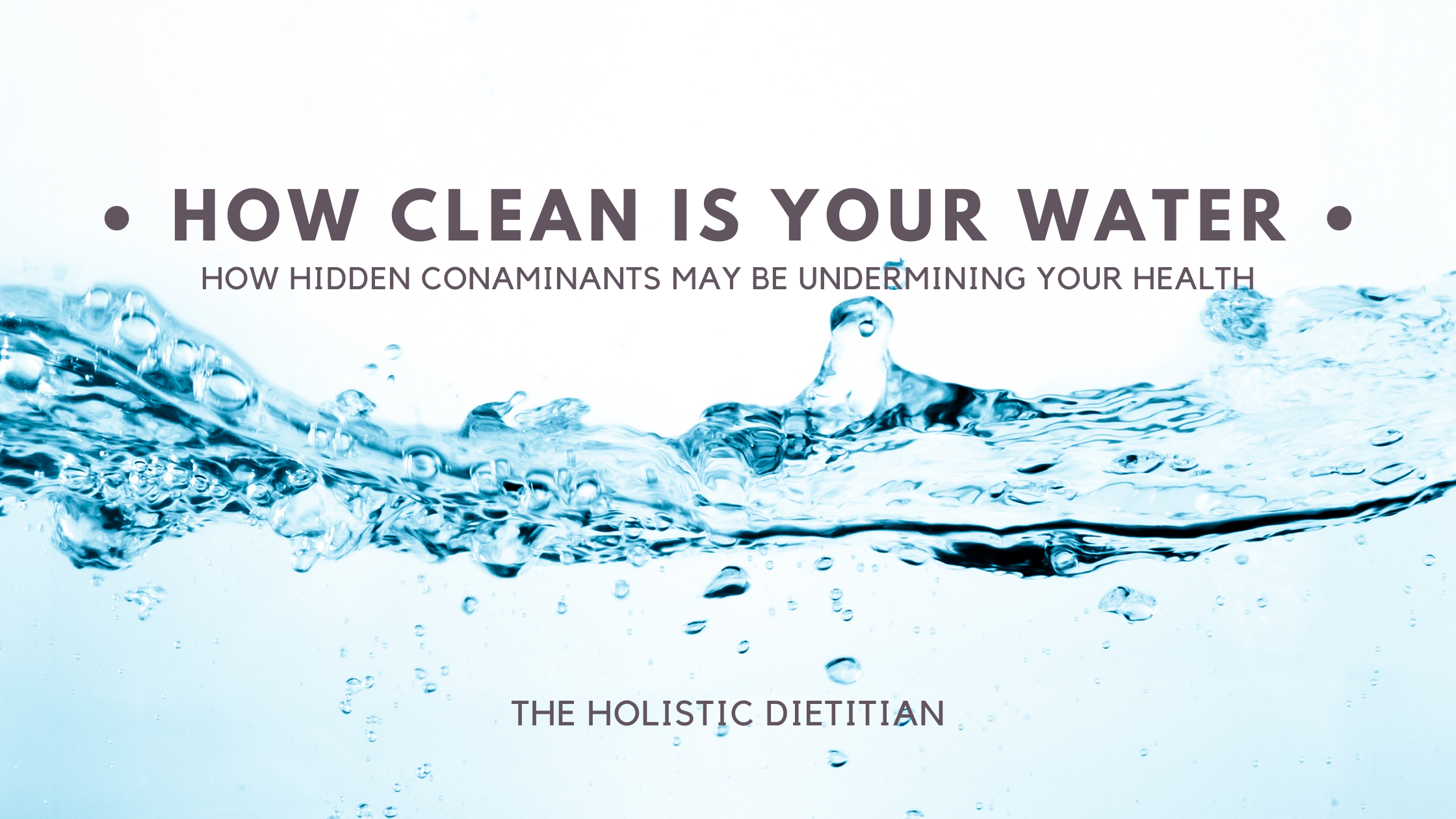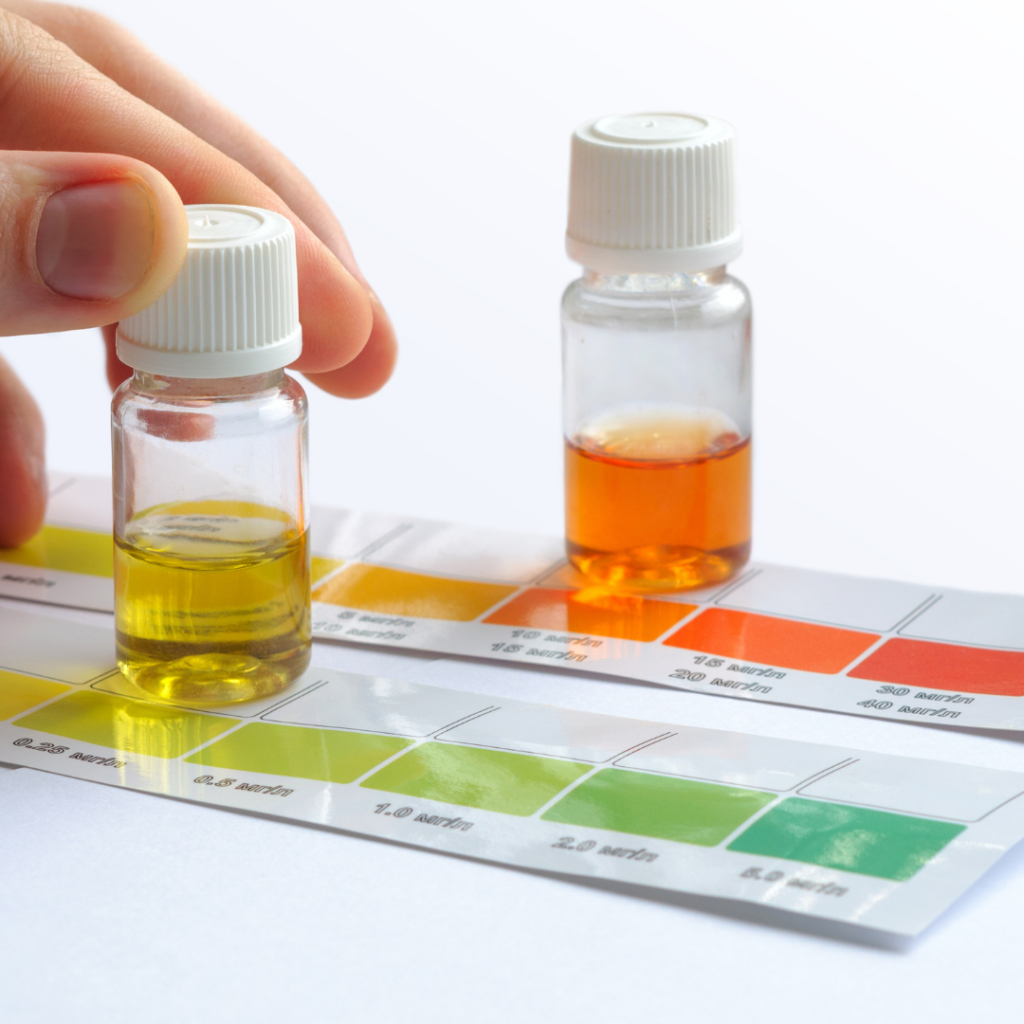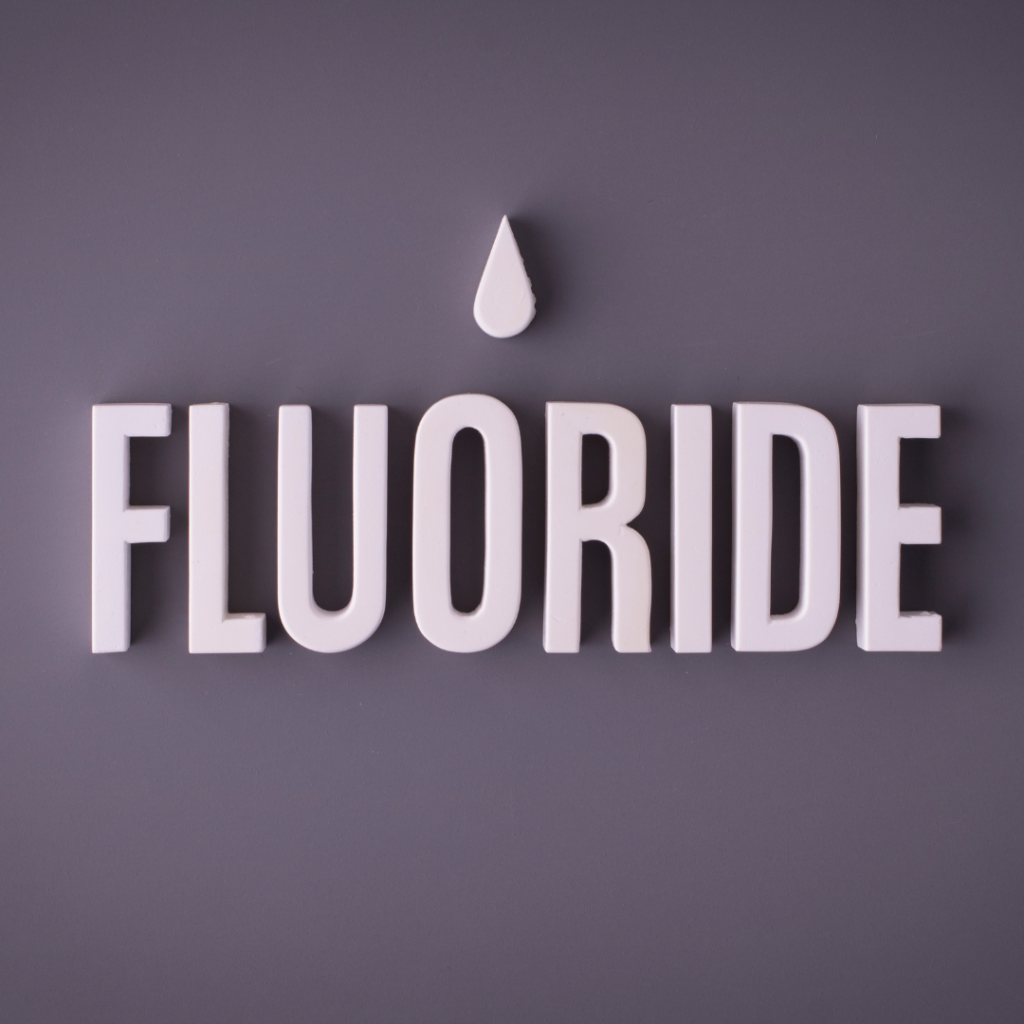
Simply stated, clean water is important. There is little else that we will consume as much as water. In fact, if achieving at least 64 ounces of water ingestion per day, every day, a person will take in over 23,000 ounces of water per year. By that rate, we will have consumed over one million ounces of water by our 50th birthdays. This doesn’t even factor in our use of it for bathing, laundry, and cleaning, which according to the US Geological Survey, accounts for 80-100 gallons per day on average. So while we focus on the pesticides on our apples and the parabens in our shampoo, we must also, and potentially more importantly, ensure our water is clean.
Oftentimes, when we think of the need for clean water, we think of the need within less developed countries. However, even the “clean” drinking water that flows from the tap contains sometimes invisible contaminants that can pose risk to our health. Consider this:

- There are many contaminants that are not filtered out of public water utilities, including medication that is flushed into our wastewater (whether from discarding pharmaceuticals or excretion through urine) or leached into our water tables.
- Water is disinfected, most often with chemicals that can leave potentially carcinogenic byproducts behind.
- Water travels through pipelines to get to your home, picking up contaminants along the way.
As Dr. Frank Lipman, Function Medical Doctor & NY Times Best Seller, wrote in his article on MindBodyGreen, “according to the EWG’s investigation, at the time of this writing, roughly 85% of the population was drinking tap water that contained over 300 contaminants—more than half of which were not regulated by the EPA. Add to the mix an ever-growing list of new chemical compounds that come online just about every day, and well, the water will probably only get murkier over time.”
You can check out the contaminants in your water on the EWG’s Tap Water Database.
Let’s take a look into some of the most commonly found drinking water contaminants:
Chlorine

A chemical disinfectant, chlorine is used to kill harmful organisms such as viruses and bacteria that could make us sick if ingested. The initial introduction of chlorine in the 1800s as a disinfectant helped to lower disease rates and keep city-dwellers safe, as it was common for people to contract waterborne diseases such as cholera, typhoid, and dysentery from untreated water. While we have since discovered other ways to sanitize water, chlorine treatment remains the most cost-effective option for large-scale treatment, and therefore, it is commonly used by most municipalities.
Though chlorine isn’t immediately toxic at the concentrations found in drinking water, it can still have harmful effects, often stemming from the byproducts, including trihalomethanes (THMs) like chloroform, produced when chlorine reacts with tiny organic particles found in water. These harmful effects include endocrine disruption, cancer, respiratory problems, congenital abnormalities, and food allergies. Plus, chlorine affects the taste and smell of water, making it less palatable and a bigger hindrance to proper hydration.
Furthermore, as microorganisms continue developing resistance to chlorine treatment, it is becoming less and less effective at combating all potential pathogens.
Similarly, chloramine is another common chemical used for disinfecting tap water, and it also carries health risk.
Fluoride

Fluoride is widely accepted to strengthen tooth enamel and prevent cavities and tooth decay. During the 1930s, prompted by a prominent problem with oral health, scientists began to look at the relationship between tooth decay in children and naturally occurring fluoride in drinking water. In 1945, Grand Rapids, Michigan was the first to add fluoride to its city water. Since, hundreds of cities have started community water fluoridation. In fact, 73% of Americans are served by community water systems with fluoridated water.
However, fluoride has also been a suspected neurotoxin, supported by a 2016 NTP systematic review on its effect on animals and a 2019 meta-analysis. It is potentially linked to developmental delays in children as well as cognitive issues in adults, even at the accepted levels in municipal water sources. Its ties to endocrine disruption is also a major concern.
In addition, fluoride and bromide compete with iodine levels in the body, which can contribute to impaired iodine absorption and iodine deficiency. Note: Evidence shows that increasing your iodine consumption can replace and therefore help detox other halogens – specifically fluoride, chlorine, and bromide.
Lead
With the water crisis in Flint, Michigan being a popular topic, lead in water is a growing concern among many Americans. Lead isn’t supplemented into our water like chlorine and fluoride. Instead, it seeps into the water unintentionally as water travels through old plumbing pipes that have begun to corrode. When ingested, lead is highly toxic, so it is essential to remove it from drinking water. EPA has set the maximum contaminant level goal for lead in drinking water at zero because lead is a toxic metal that can be harmful to human health even at low exposure levels. Lead is persistent and it can bio-accumulate in the body over time.

Young children, infants, and fetuses are particularly vulnerable to lead because the physical and behavioral effects of lead occur at lower exposure levels in children than in adults. A dose of lead that would have little effect on an adult can have a significant effect on a child. In children, low levels of exposure have been linked to damage to the central and peripheral nervous system, learning disabilities, shorter stature, impaired hearing, and impaired formation and function of blood cells.
By removing these (and other) contaminants from our water, we are removing a consistent burden from the body.
So what do we do?
“So, I should drink bottled water, right?” Unfortunately, bottled water is not a better option. Bottled water can carry many of the same contaminants found in your tap water on top of the risk of BPA and microplastics being added in from the bottle itself. There are no regulations or policing to ensure that bottled water reaches certain filtration or material/bottling standards. It also warrants environmental concerns, as it is additional waste. According to a Pacific Institute Fact Sheet, published in 2007, “it took approximately 17 million barrels of oil equivalent to produce plastic for bottled water consumed by Americans in 2006 — enough energy to fuel more than 1 million American cars and light trucks for a year.”
So far, we’ve covered the top three most commonly discussed contaminants chlorine, fluoride, and lead. However, there can be upwards to 300 various contaminants found lurking in our drinking water. In part two of this water series, we’ll be discussing a newer contaminant making its way in to our water supply.